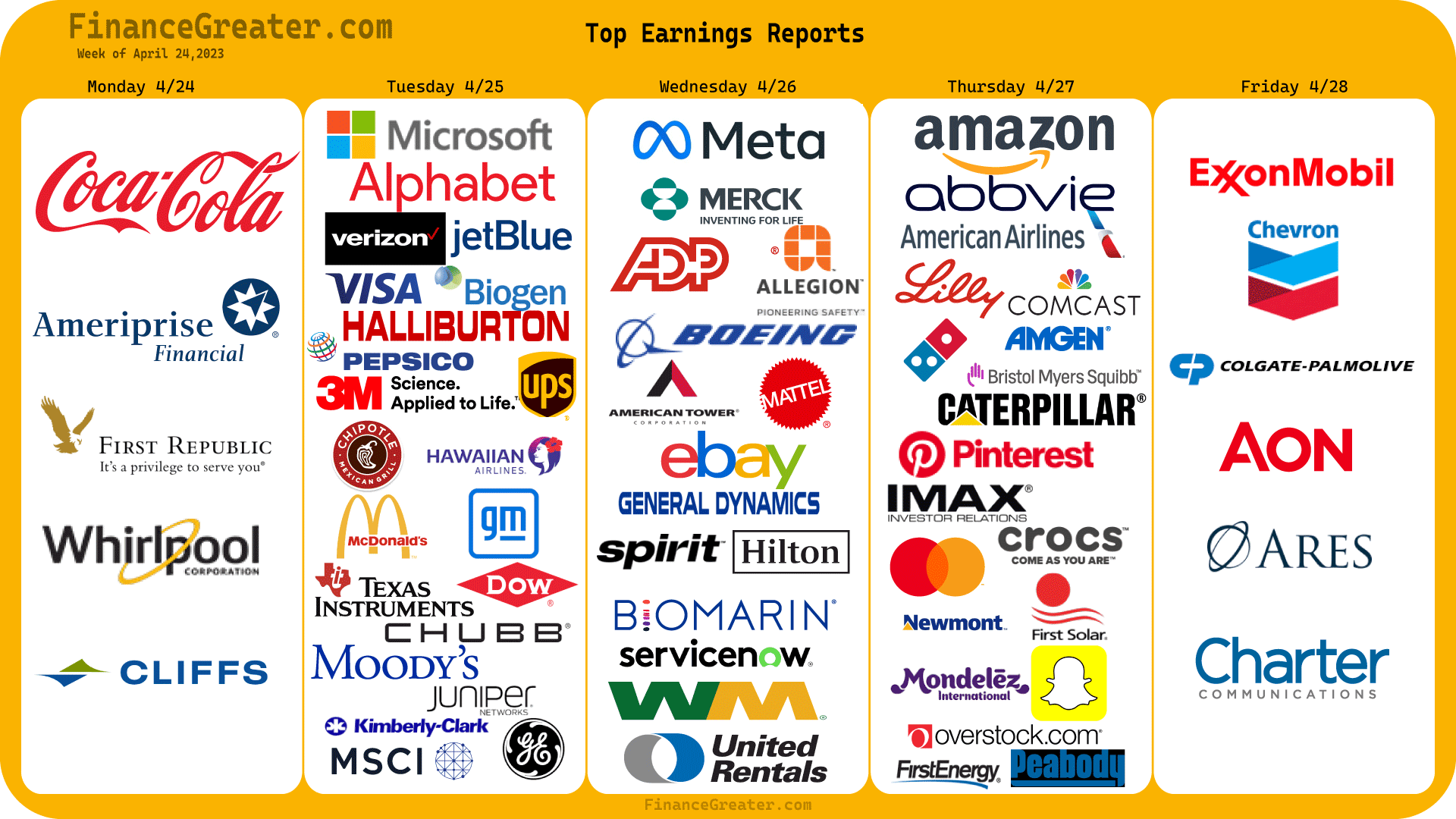
Etsy’s Q2 2025: Earnings Unpacked

Etsy, Inc. reported its second quarter 2025 earnings, revealing a mixed bag of results with some positive trends and areas for improvement. The company exceeded top-line expectations, but fell short on earnings per share (EPS), reporting $0.25 against an expected $0.54. Executives highlighted the strategic shift initiated in the previous year, emphasizing a focus on enhancing the overall customer experience and leveraging data-driven personalization.
Performance Overview
The second quarter saw Etsy’s Gross Merchandise Sales (GMS) decline by 5.4% year-over-year. While this represents a decrease, it also marks a notable improvement from the previous quarter, suggesting a potential return to growth. Depop, Etsy’s fashion resale marketplace, stood out with a strong performance, boasting a 35% year-over-year GMS growth, reaching an annualized run rate of $1 billion. In the United States, Depop’s GMS surged by 54% year-over-year, positioning it as a leader in the online fashion resale market.
Strategic Initiatives and Growth Drivers
Etsy attributes its performance to a strategic shift implemented midway through the prior year. This involved a renewed focus on creating a more delightful shopping experience, moving beyond simply facilitating transactions. Key elements of this strategy include:
- Customer Relationship Flywheel: Centering teams on elevating the holistic customer experience.
- App-First Approach: Building intuitive, browsable app services based on robust customer insights.
- Personalization: Utilizing powerful Large Language Models (LLMs) to create made-for-you shopping journeys.
- Re-engagement: Fueling re-engagement through product improvements and owned marketing channels.
- Discovery: Enhancing on-site discovery, complemented by increased paid social investment.
App Enhancements and User Experience
The Etsy app has undergone significant improvements, becoming more intuitive, inspiring, and browsable. These enhancements have led to increased user satisfaction, with shoppers reporting greater ease of browsing and a perception of higher-quality items. App GMS has outpaced non-app GMS, growing year-over-year and accounting for nearly 45% of total GMS. The company aims to further enhance the app experience with improved navigation, better buyer-seller conversations, more informed browsing, and improved matching models.
Personalized Marketing and Customer Connectivity
Etsy is increasingly leveraging personalized content in its owned marketing channels, such as email and push notifications, to drive customer connectivity. Attributed GMS from these channels grew by one-third year-over-year, driven by higher open rates achieved through personalized content. Approximately 40% of email and push communications were personalized in the second quarter, with plans to tailor nearly every communication by year-end.
Agentic Shopping and AI Integration
Etsy is actively exploring opportunities in agentic shopping, leveraging its unique inventory of handcrafted items. The platform was featured in Apple’s 2025 Worldwide Developers Conference as part of an update to visual intelligence, integrating seamlessly into the iPhone experience to facilitate the discovery and shopping of unique items.
Key Priorities for Sustained Growth
To achieve sustained growth, Etsy has reoriented its customer-facing teams around four shared priorities:
- Showing Up Where Shoppers Discover: Expanding presence across social platforms, mobile apps, search engines, and AI tools. The company is shifting its brand media mix from linear cable TV to OTT, audio, digital video, and other streaming platforms.
- Matching Shoppers with the Right Inventory: Advancing machine learning models to improve search results and recommendations. The company is retooling its ranking platform to leverage LLMs and generative AI.
- Retaining and Rewarding Valuable Customers: Developing a portfolio of tactics to build experiences that resonate with different buyer segments, including reward programs, targeted offers, and nudges. The Etsy Insider beta loyalty program is being evolved into a V2 program with refreshed rewards and benefits.
- Amplifying Human Connection: Recentering around seller creativity, human connection, and meaningful experiences. The company aims to bring sellers to the forefront, creating more seamless connections between them and buyers.
Financial Performance and Outlook
Consolidated revenue increased by approximately 4% to $673 million, and adjusted EBITDA was $169 million, representing a 25.1% margin. The company generated $90 million in free cash flow in the quarter and $635 million in the trailing 12 months. Etsy ended the quarter with $1.5 billion in short and long-term cash and approximately $3 billion in convertible debt.
Looking ahead, Etsy expects third quarter consolidated GMS to be between $2.6 billion and $2.7 billion. The company expects a consolidated take rate of approximately 24.5% and a consolidated adjusted EBITDA margin of approximately 25%. This margin guidance reflects sequential expansion and strong profitability for the core Etsy business, paired with accelerated investments at Depop.
Marketing Investments and Efficiency
Marketing spend increased 16% year-over-year, driven by increased performance marketing spend, including search engine marketing, PLA, and paid social. The company successfully implemented a new segmentation tactic to optimize Google Shopping listings, prioritizing listings with more click history and higher investment returns. Etsy is also leaning into paid social and sharpening its efficiency in this channel, with attributed GMS from paid social increasing meaningfully.
Seller Engagement and AI-Enabled Tools
Etsy is focused on bringing onboard sellers more likely to be successful on the platform. A higher percentage of current active sellers have made a sale in the last 12 months. In the coming months, the company will roll out AI-enabled tools to boost efficiency, empowering sellers to focus on creating or curating goods and growing their businesses.



